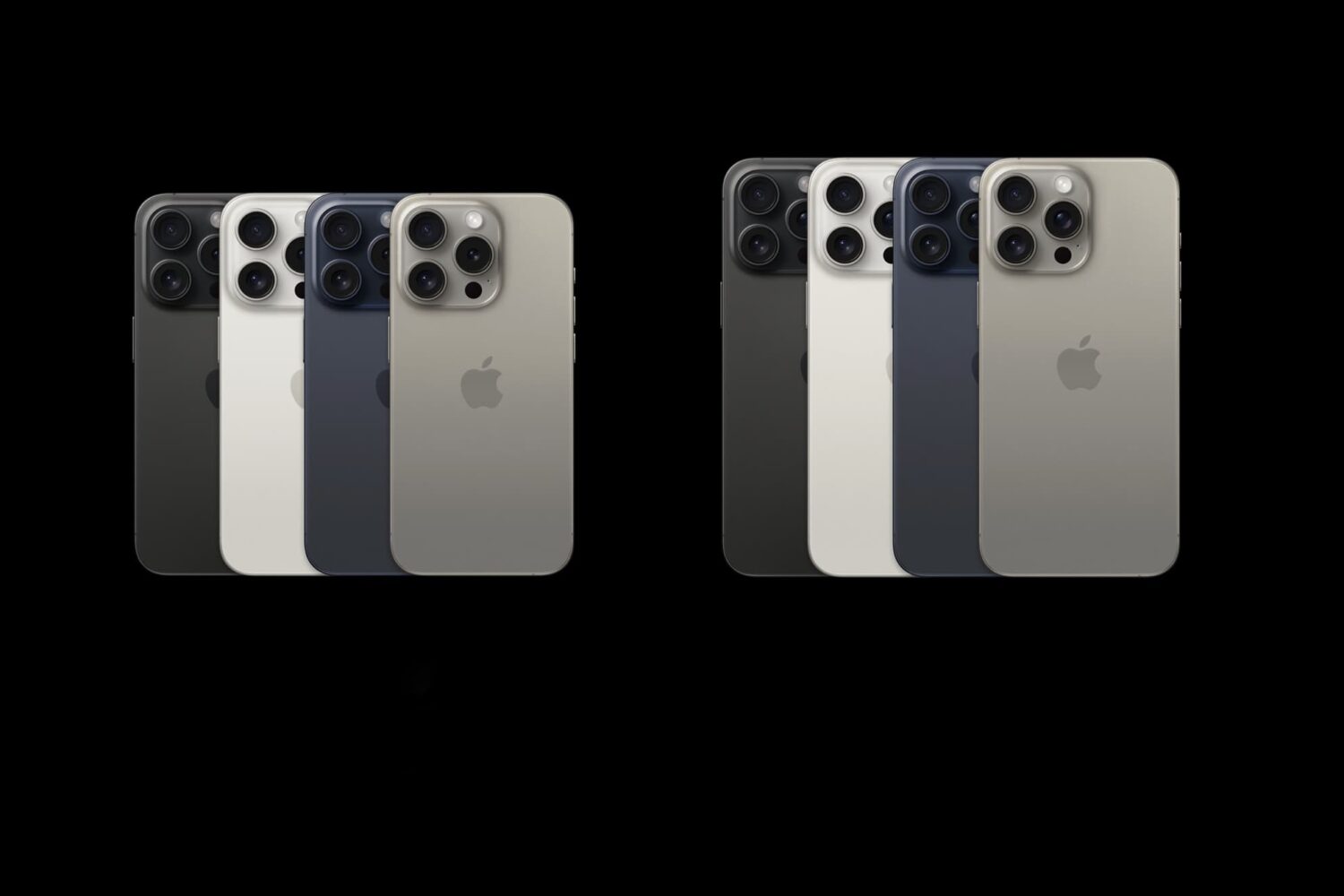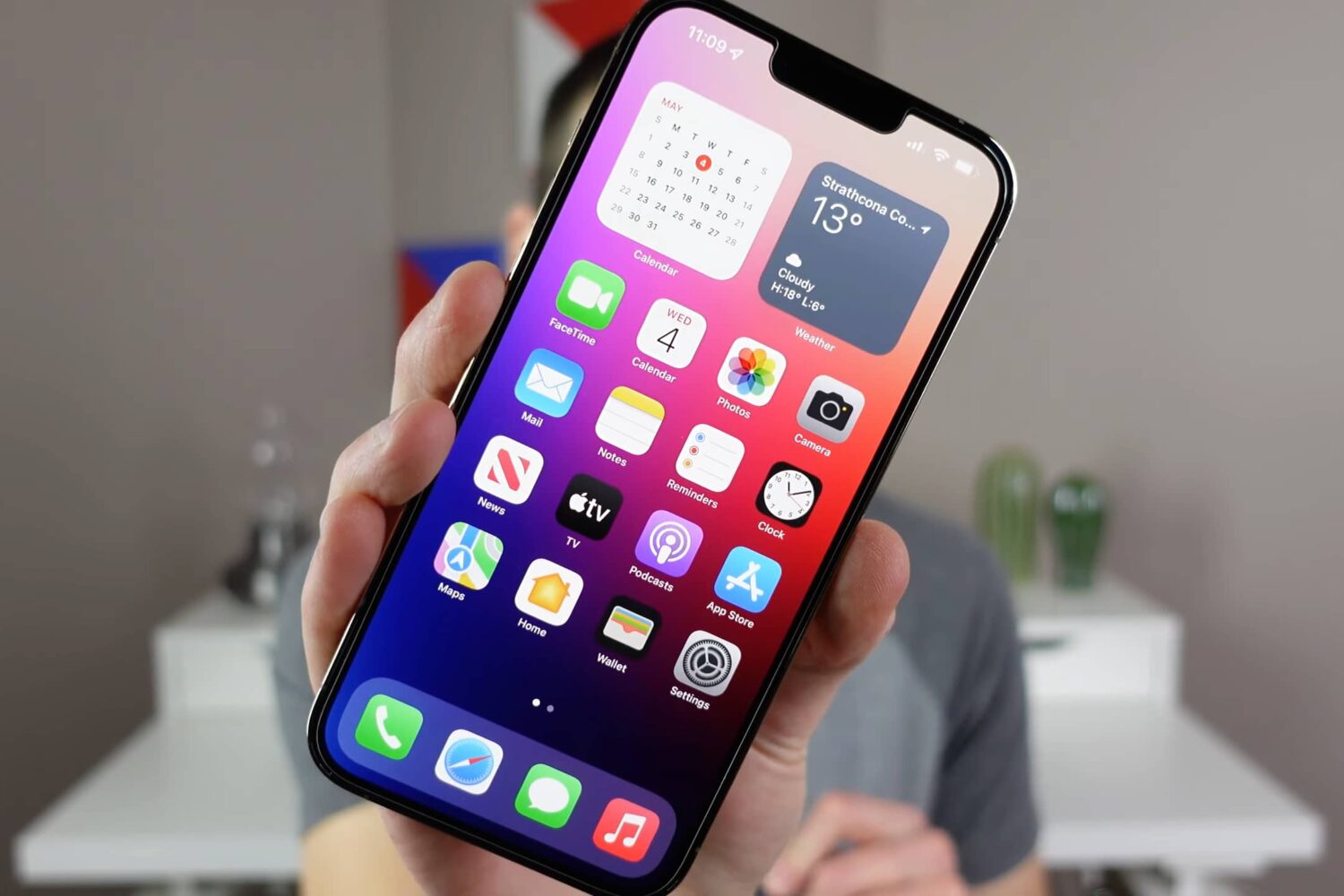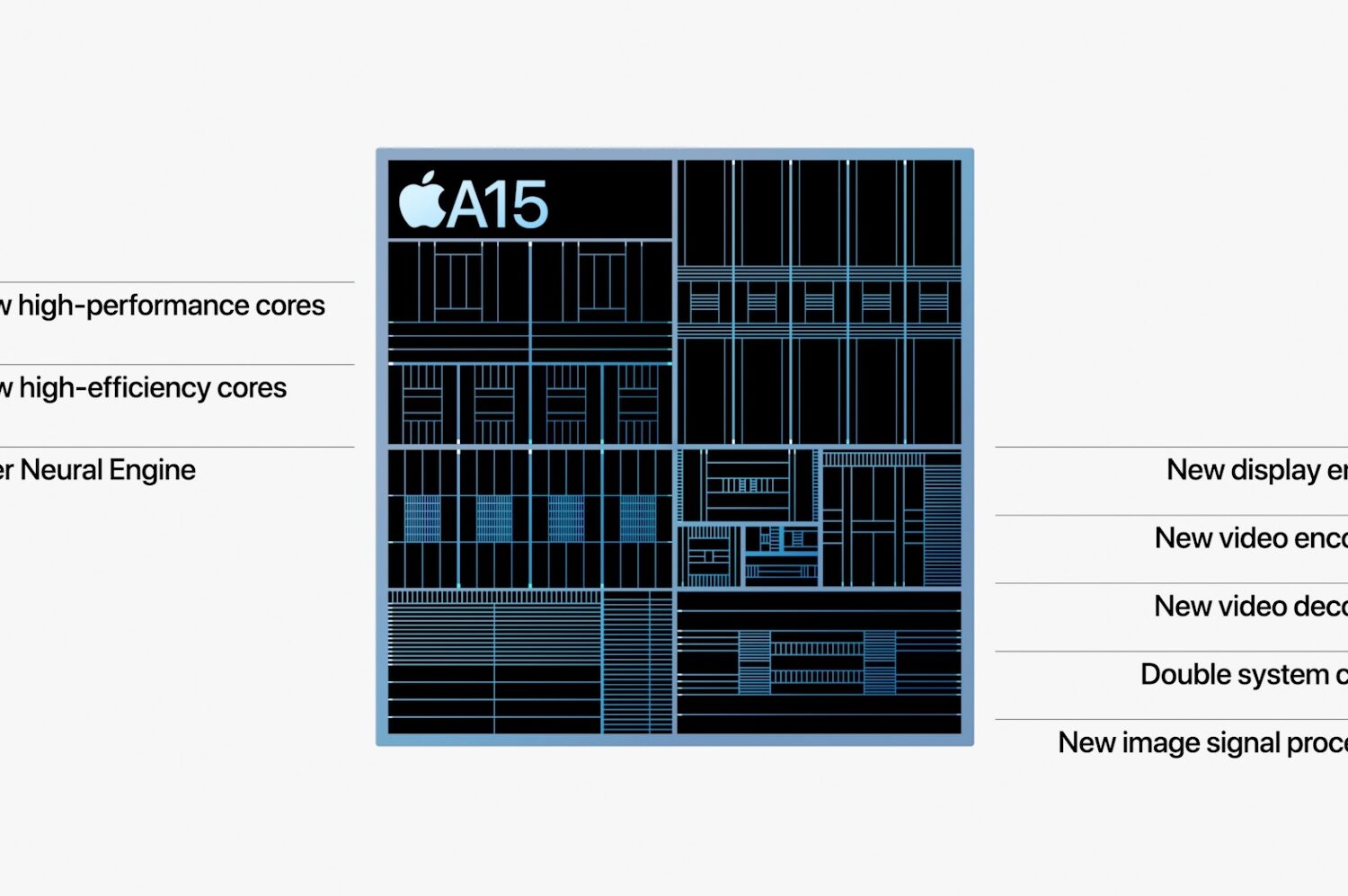Aside from releasing an M3 Ultra Mac Studio, the iPhone maker is also expected to bring its upcoming flagship chip to the Mac Pro workstation.
Apple rumored to give the Mac Studio an M3 Ultra chip option around mid-2024


Aside from releasing an M3 Ultra Mac Studio, the iPhone maker is also expected to bring its upcoming flagship chip to the Mac Pro workstation.

In addition to announcing an all-new line of professional-grade iPhones at Tuesday’s event, Apple also unveiled an couple of budget-friendly handsets called the iPhone 15 and iPhone 15 Plus.

Apple’s special event on Tuesday saw the unveiling of the new iPhone 15 lineup, including the iPhone 15 Pro and its bigger brother, the iPhone 15 Pro Max.

The top M3 Max Studio model could have 32 processing cores and a whopping 80-core GPU, but the machine isn't expected to arrive this year.

The iPhone 15 Pros will use Apple’s upcoming A17 Bionic chip equipped with 6GB of RAM, the same as the iPhone 14 Pro models, a leaker claims.

Apple's M3 Mac systems coming in late 2023 and early 2024 reportedly include new iMacs, MacBook Pros and MacBook Airs. No word on new Mac Pros though.

Based on the iPhone 13's A15 Bionic, the new Apple Watch Series 9 chip should improve performance, extend battery life and bring other perks.

In addition to an updated iPad Pro lineup, Apple on Tuesday unveiled a refreshed 10.9-inch iPad, which appeals more to the ordinary user than the monster intended for the high-demand workflow professional.

All future Pro-branded iPhones, rather than just this year's iPhone 14 Pro and iPhone 14 Pro Max, are expected to exclusively use Apple's latest mobile chips.